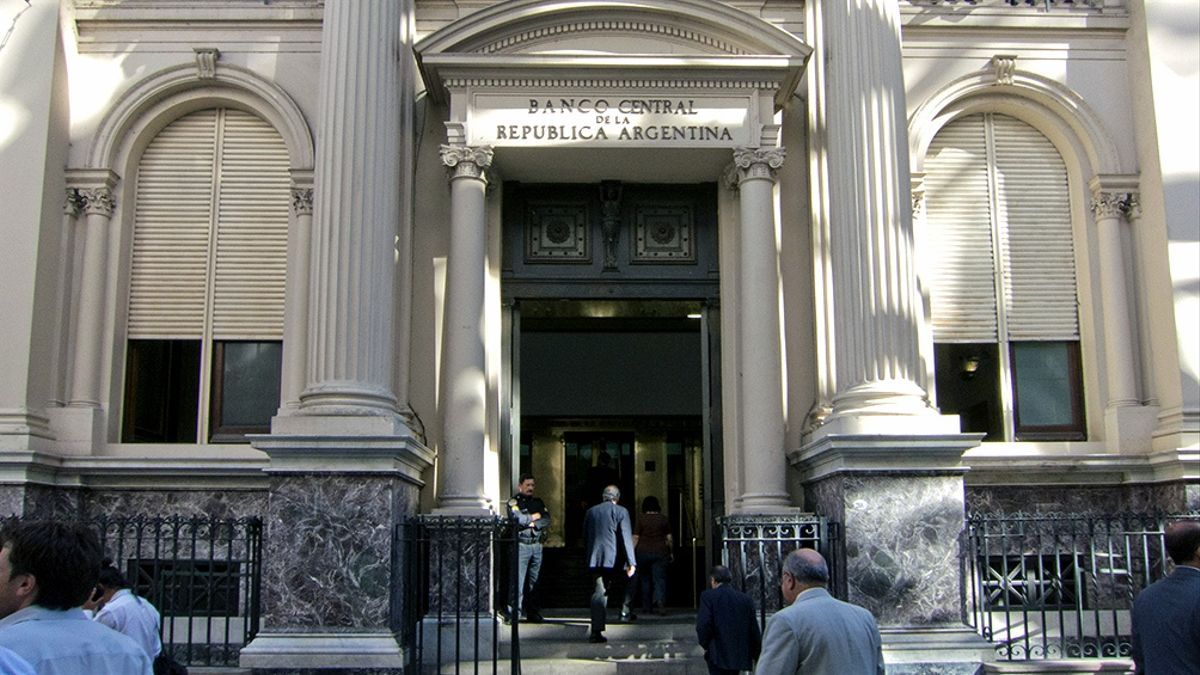One of the factors explaining the improvement in MRI was a considerable improvement in Country Risk, which stood at 1,806 basis points at the end of the month (17% drop in the month)values that have not been found since May 2022. Regarding the external context, the year began with a compression of the yields of the 10-year treasury bills, starting the year at 3.9% to 3.51% at the end of the month , which implied greater flow and financial improvements for emerging markets.
However, the index takes into account the latest inflation and retail sales data for January in the US, which increased volatility in global financial markets in February. “At the same time, the Economy Minister’s announcement to begin a process of repurchasing Argentina’s external debt did not generate any sign of confidence in the markets. Quite the contrary, since the announcement, local sovereign debt yields have risen considerably,” the report noted.
On the other hand, Liabilities remunerated by the Central Bank grew by 5.1% in the last month, below the CPI for January by 6%. It marks a fall in real terms, and a compression regarding remunerated liabilities with respect to the monetary base, ending the month at 200.33% (Fall of -5% in January).
“Despite this, we expect a significant increase in remunerated liabilities with the new version of the Soybean Dollar III, which will be announced in March. The Ministry of Economy will try to demonstrate good predisposition before the IMF, trying to meet the quarterly goal of accumulating net reserves of 7,700 million dollars. Meeting the net reserves goal seems impossible,” Romano considered.
“The imminent announcement of a new version of the soybean dollar will encourage the liquidation of the coarse crop, vital for the depressed BCRA reserves. The recomposition of net reserves will undoubtedly boost remunerated liabilities, generating greater fragility in the money market and having a negative impact on the IRM”, added the economist.
In addition, the BCRA closed January with net sales in the MULC for US$190 million, which translates into greater fragility in the IRM and the worst January since 2014.
The Commercial Exchange registered a trade deficit of US$484 million in January, explained by the drop in agricultural exports as a consequence of the advancement of exports in December 2022 (Soybean Dollar II) and the drought that impacts a large part of the core zone. On the side of purchases abroad, despite the delays that arise under the SIRA system, imports remain firm.
Among the most important challenges that the Government will have in the short term, Romano believes that they will be the large maturities of the treasury debt in pesos ($2.4 trillion pesos in April) and the inflationary dynamics that have not fully eased yet (the trend is upward in February and March). “The electoral calendar is also related to this, with the first elections in the provinces, and the political internal ones within the ruling party and the opposition that could generate greater instability; and the exchange market that will be the thermometer of the financial dollars that will set the inflation trend and the social mood in view of the STEP”, he concluded.
Source: Ambito




